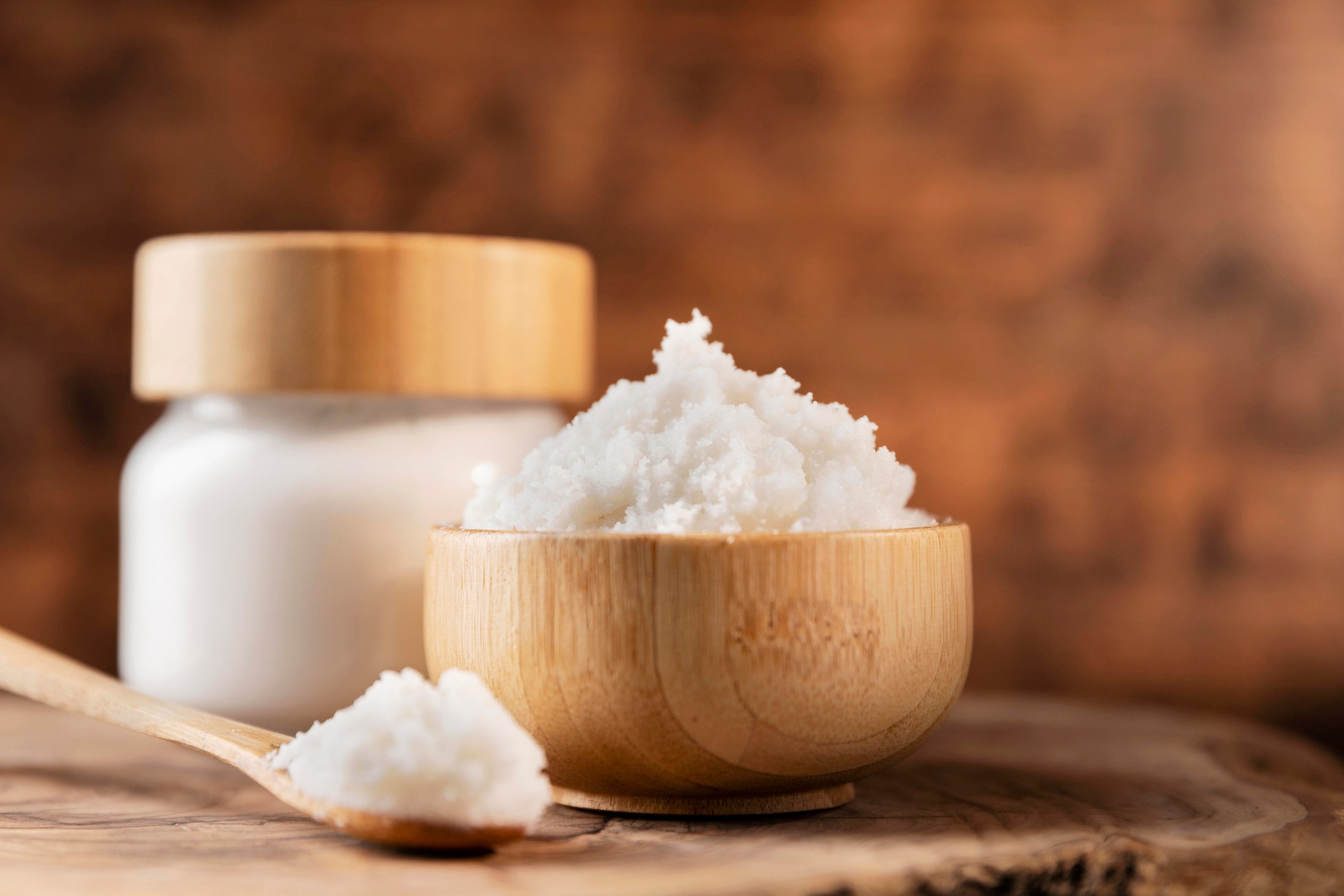- 01 What is Benzoyl Peroxide and How Does It Work?
- 02 Benzoyl Peroxide Benefits for Skin
- 03 Common Benzoyl Peroxide Uses
- 04 How to Use Benzoyl Peroxide Safely
- 05 Benzoyl Peroxide Side Effects
- 06 Choosing the Right Benzoyl Peroxide Product
- 07 How To Include Benzoyl Peroxide In Your Skincare Routine
- 08 FAQs About Benzoyl Peroxide
Acne treatments come and go, but few ingredients have stood the test of time like benzoyl peroxide. Whether you're battling breakouts on your face, chest, or back, this powerhouse ingredient is usually a first draft pick. "Benzoyl peroxide is one of those old-school ingredients that still works so well. I have been prescribing it for over a decade now, and it continues to be one of the most reliable acne fighters we have. But like every medicine, it is not one-size-fits-all," says Dr. Niketa Sonavane, dermatologist and founder of Ambrosia Aesthetics, Mumbai.
This guide breaks down benzoyl peroxide for acne—what it is, how it works, who it's best for, benzoyl peroxide benefits, common benzoyl peroxide uses, and practical, step-by-step advice on how to use benzoyl peroxide safely.
01What is Benzoyl Peroxide and How Does It Work?
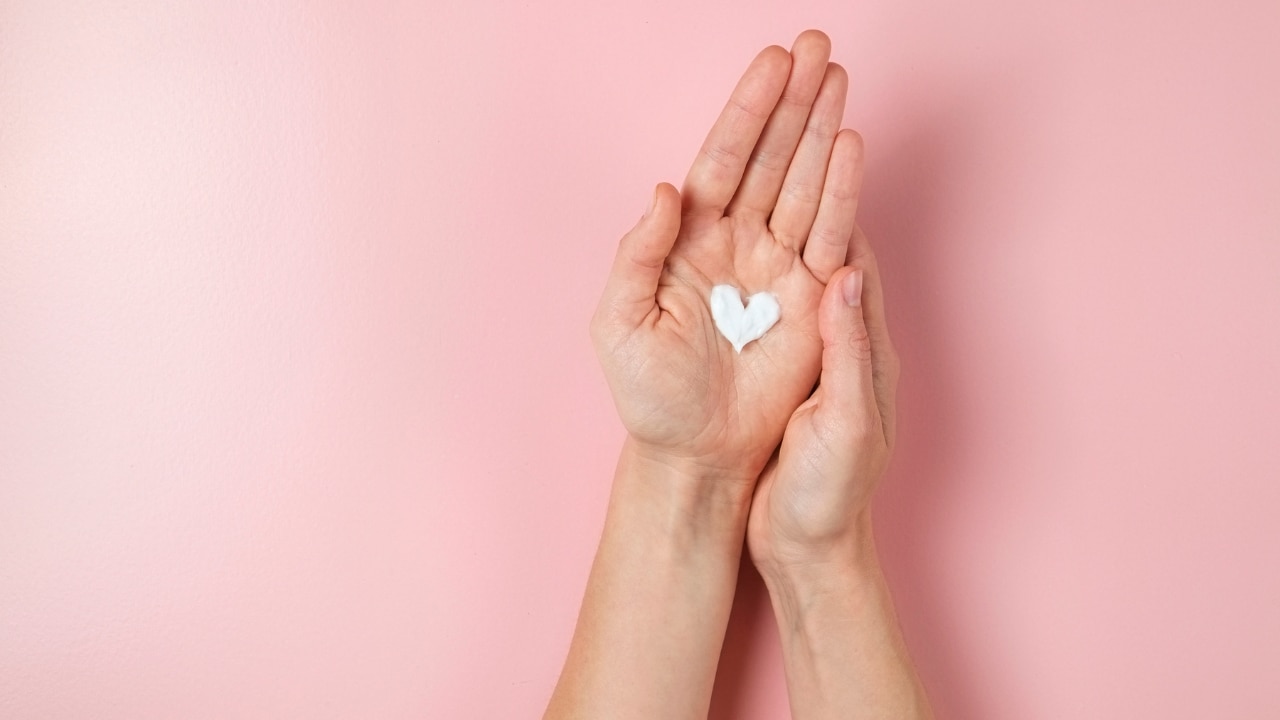
Benzoyl peroxide (BPO) is an over-the-counter topical that targets the causes of breakouts from multiple angles. It's an antibacterial and anti-inflammatory agent that helps clear acne by killing acne-causing bacteria and reducing clogged pores. Here's what it does:
- Antibacterial action: It delivers oxygen into pores, creating an environment where acne-causing bacteria (Cutibacterium acnes) struggle to survive. That's why it's effective on inflamed spots.
- Keratolytic/comedolytic effect: It gently loosens the "glue" between dead skin cells, helping to keep pores clear and reducing the chance of new comedones.
- Anti-inflammatory support: By reducing bacterial load and congestion, it calms the swelling and tenderness around red pimples.
"I usually recommend benzoyl peroxide for red, inflamed pimples—the kind that feel painful and have a little whitehead in the centre. It is excellent at reducing inflammation and killing acne-causing bacteria. If a patient has a mix of blackheads and inflamed acne, I might combine it with salicylic acid or a retinoid," says Dr. Sonavane.
02Benzoyl Peroxide Benefits for Skin
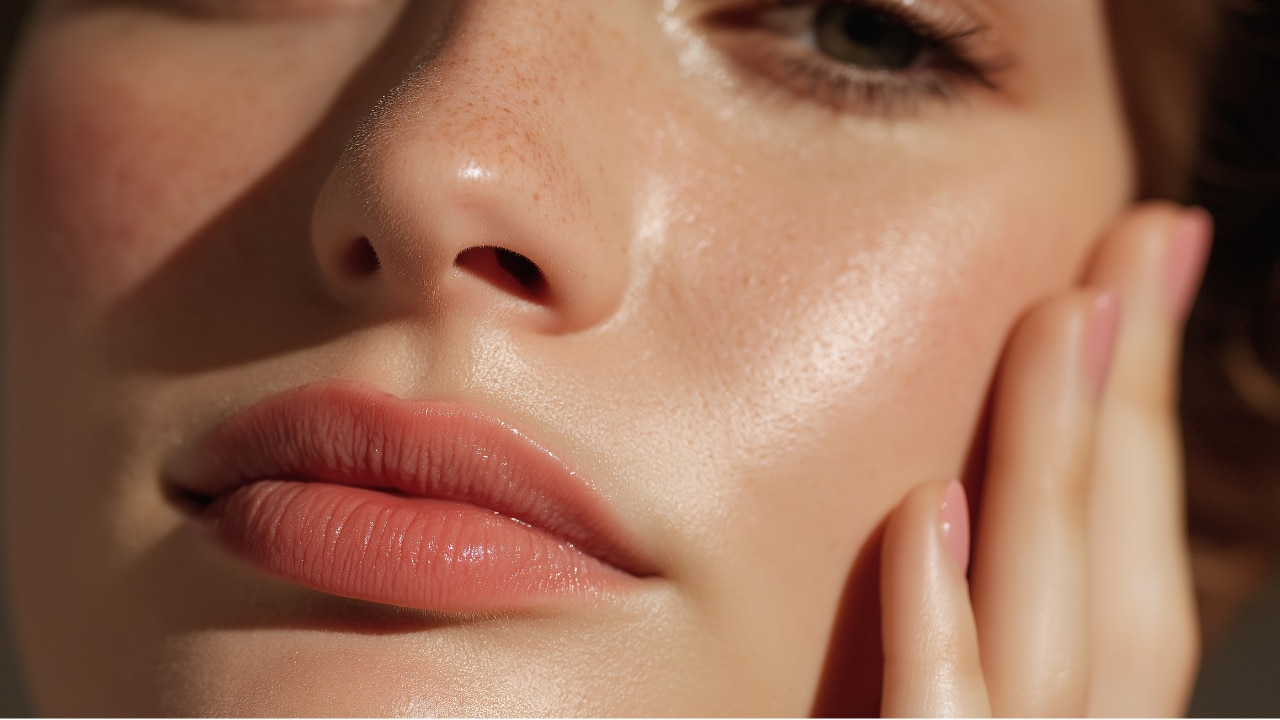
The benzoyl peroxide benefits extend far beyond just shrinking pimples:
- Effective for mild to moderate acne
- Keeps pores unclogged to help stop new breakouts
- Calms redness and swelling around spots
- Comes in different formats to suit your skin routine
- Pairs well with other acne treatments for even better results
- Tackles both red, inflamed pimples and clogged blackheads or whiteheads
- Kills acne-causing bacteria deep in pores
- Helps fade post-acne marks over time
- Gently exfoliates and boosts cell turnover
- Reduces excess oil and shine
- Works on body acne too (back, chest, shoulders)
- Easily available in OTC strengths
03Common Benzoyl Peroxide Uses
Here's how people commonly use benzoyl peroxide:
1. Spot Treatment for Pimples
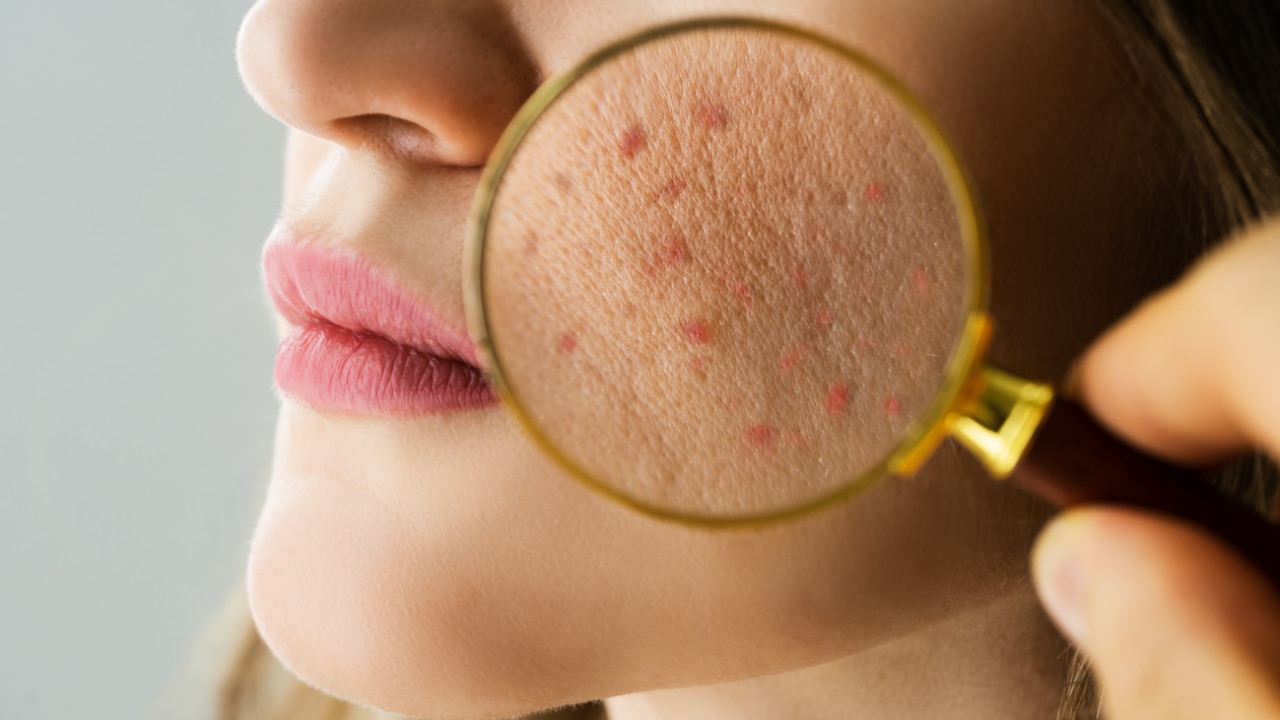
A small dab of benzoyl peroxide gel or benzoyl peroxide cream directly on the pimple can reduce its size and redness within days.
2. Body Acne (Chest, Back, Shoulders)
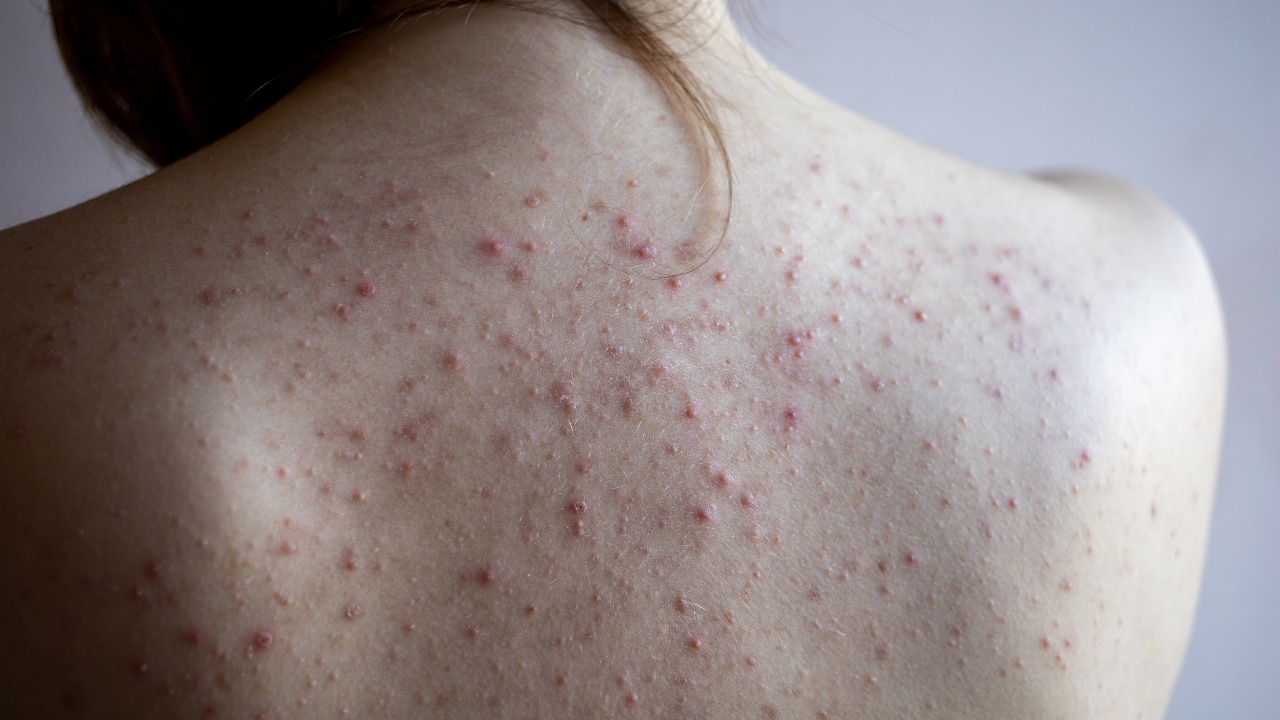
For those struggling with bacne or chest acne, a benzoyl peroxide body wash or benzoyl peroxide soap can help clear large areas.
3. Pairing with Other Ingredients
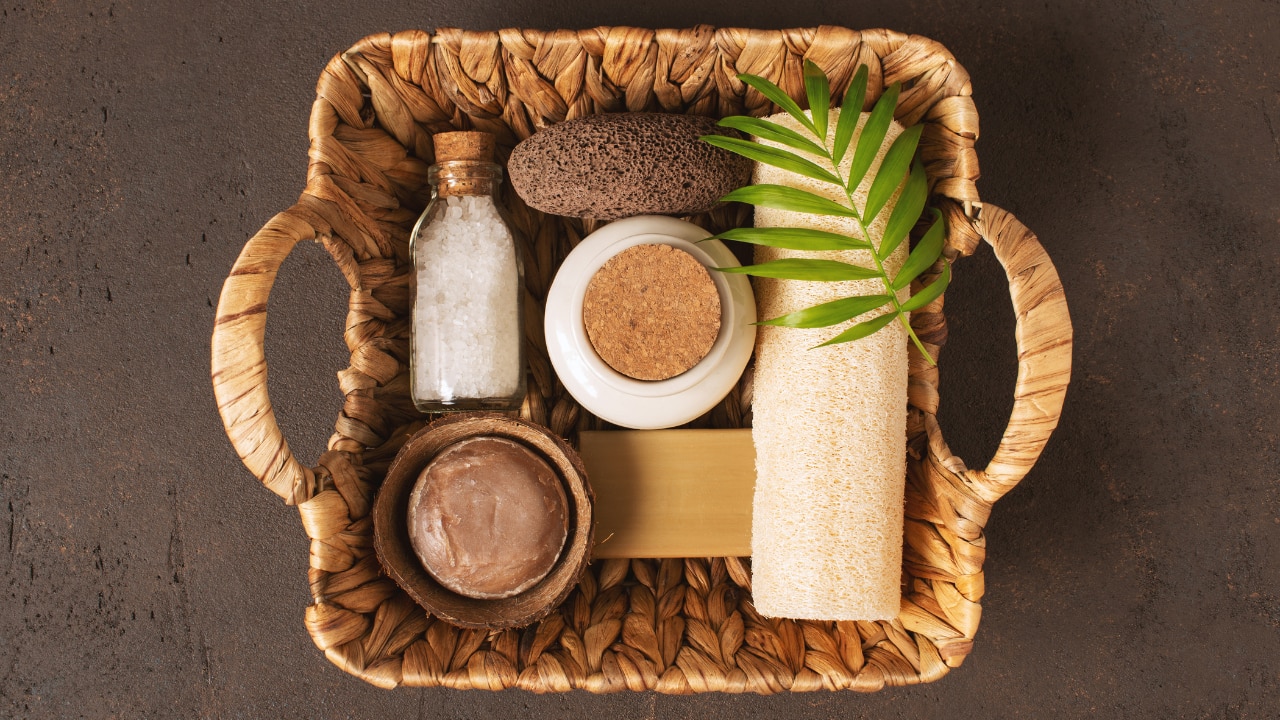
Dermatologists often combine benzoyl peroxide with salicylic acid for blackheads or with retinoids for stubborn acne.
04How to Use Benzoyl Peroxide Safely
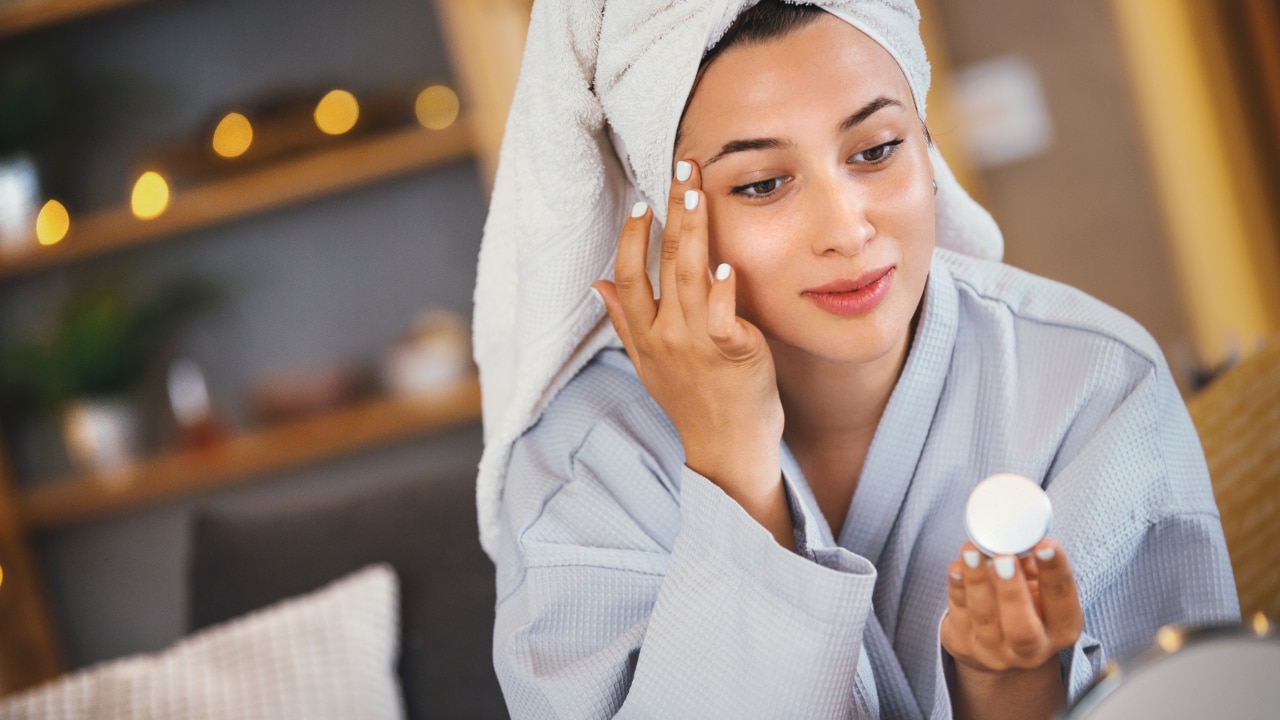
If you're wondering how to use benzoyl peroxide, here's a dermatologist-approved guide:
Step 1: Cleanse
- Wash your hands.
- Gently cleanse your face with a mild, non-foaming cleanser. Pat dry.
Step 2: Moisturise (buffer layer if sensitive)
- Apply a thin layer of a gentle, fragrance-free moisturiser. This helps minimise dryness and irritation.
- Tip: If you're very sensitive, use moisturiser → BPO → moisturiser again.
Step 3: Apply Benzoyl Peroxide
- Squeeze out a pea-sized amount of 2. 5% BPO (start low and slow). Apply in the evening, since sun exposure can worsen irritation. Begin with every other night for the first week.
- Dot only on affected areas, not the entire face.
- Smooth evenly and avoid eyes, lips, and corners of the nose.
Step 4: Aftercare
- Seal in with another layer of moisturiser if needed.
- Wash your hands again to avoid bleaching clothes, towels, or pillowcases.
- Best time to apply: Evening is ideal, since sun exposure can increase irritation.
- Where to apply: Use a pea-sized amount only on affected areas.
- Frequency: Start with every other night for a week, then build up to daily use if tolerated.
05Benzoyl Peroxide Side Effects
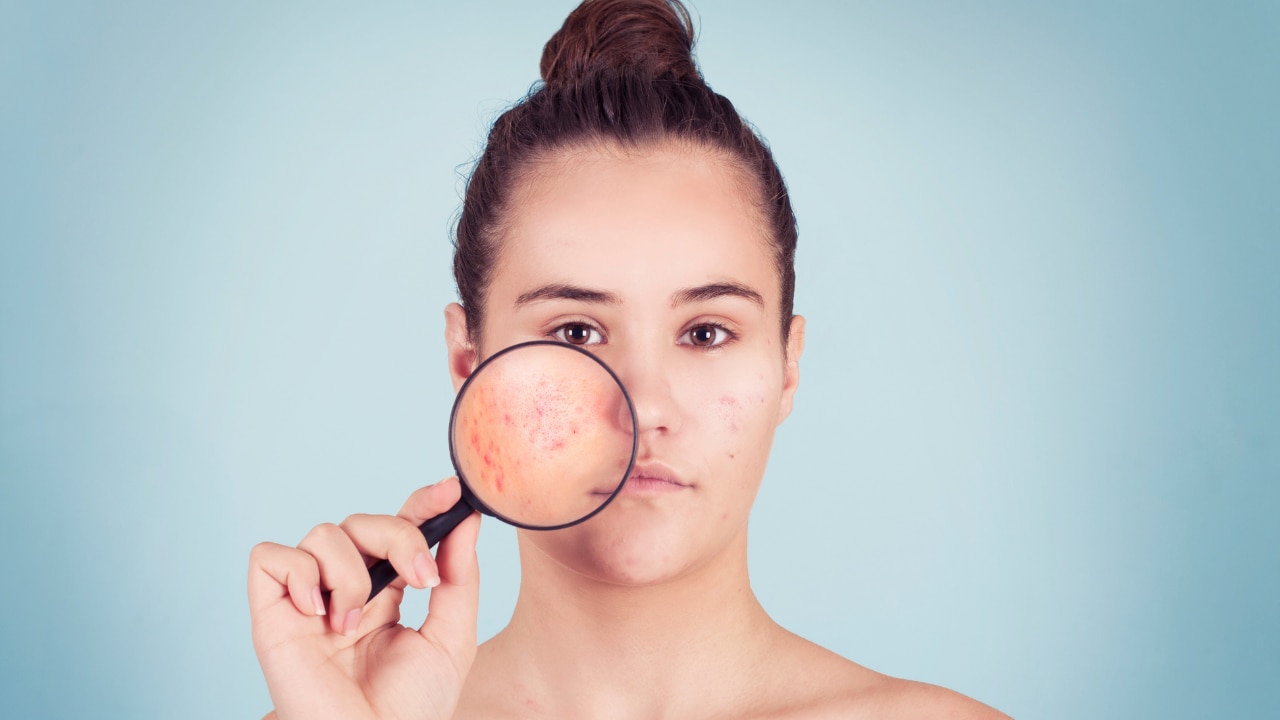
Like any active ingredient, benzoyl peroxide side effects are possible. These may include:
- Dryness and flaking
- Redness or peeling
- Burning or stinging sensation
- Bleaching of clothes or linens
- Post-inflammatory hyperpigmentation in darker skin tones
Dr. Sonavane adds: "I do not use it for sensitive skin or for patients with eczema or rosacea. In such cases, benzoyl peroxide can be too harsh and cause more harm than good."
06Choosing the Right Benzoyl Peroxide Product
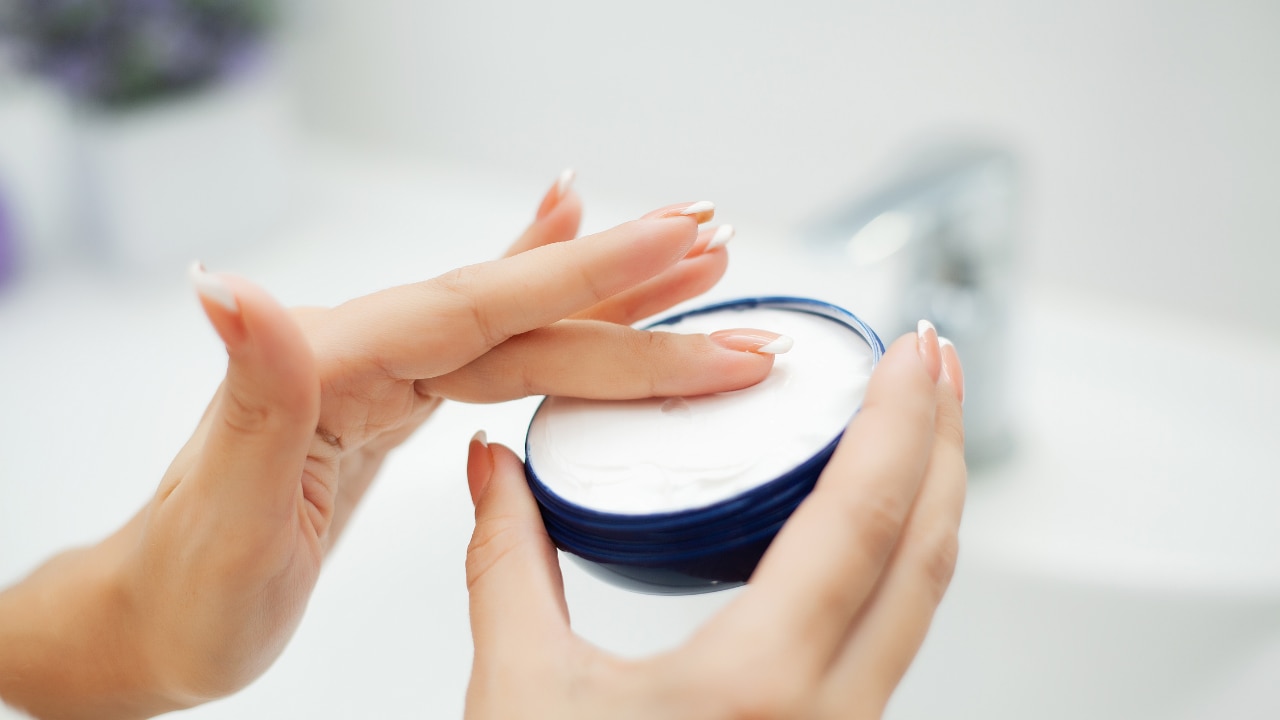
The "best" product depends on your skin type, acne pattern, and routine style. Use this quick filter:
| Format | Best For | Why It Works |
|---|---|---|
| Benzoyl peroxide gel | Spot-treating pimples | Delivers a concentrated dose directly to active breakouts |
| Benzoyl peroxide cream | Dry or combination skin | Combines acne-fighting action with added hydration |
| Benzoyl peroxide face wash | Beginners & sensitive skin | Gentle, easy to rinse off, good first step |
| Benzoyl peroxide soap | Body acne | Practical and convenient for daily cleansing |
| Benzoyl peroxide body wash | Chest & back acne | Covers larger areas efficiently |
| Benzoyl peroxide serum | Layering with other actives | Lightweight, fast-absorbing, works well with multi-step routines |
Strength guide: Start at 2. 5%. Consider 5% only if your skin is very oily and well-tolerant after a fortnight. Avoid jumping to 10% without medical guidance.
07How To Include Benzoyl Peroxide In Your Skincare Routine
Benzoyl peroxide works best when you introduce it slowly and use it consistently. Here's how to make it a part of your routine without irritating your skin.
How to include Benzyl Perocide in Routine (With benzoyl peroxide):
Benzoyl peroxide is a powerful acne-fighting ingredient known for its ability to kill acne-causing bacteria and clear clogged pores. When added to your skincare routine correctly, it can significantly reduce breakouts without irritating your skin.
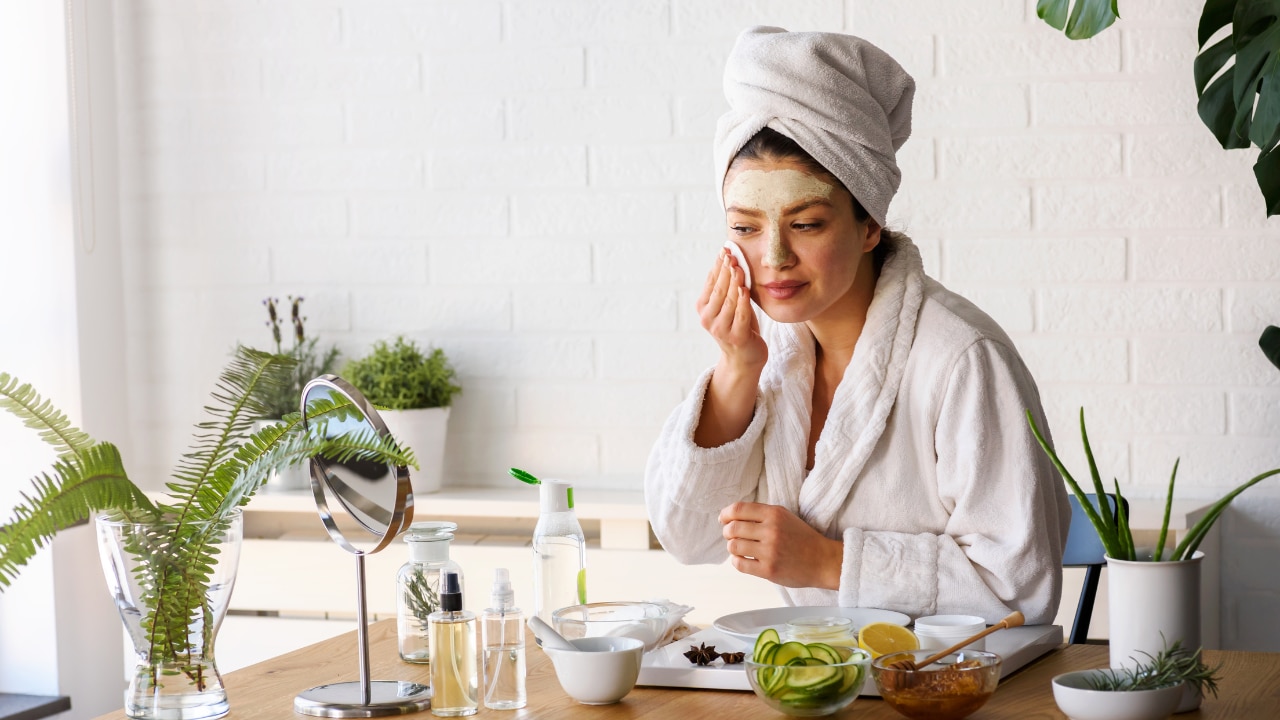
- Cleanser – Wash your face with a gentle, non-stripping cleanser to remove dirt, oil, and makeup. Pat dry.
- Benzoyl peroxide – Apply a pea-sized amount on clean, dry skin. Start with alternate nights to see how your skin reacts before building up to daily use.
- Moisturiser – Finish with a lightweight, non-comedogenic moisturiser to replenish hydration and minimise dryness or irritation.
AM routine (support and protect):
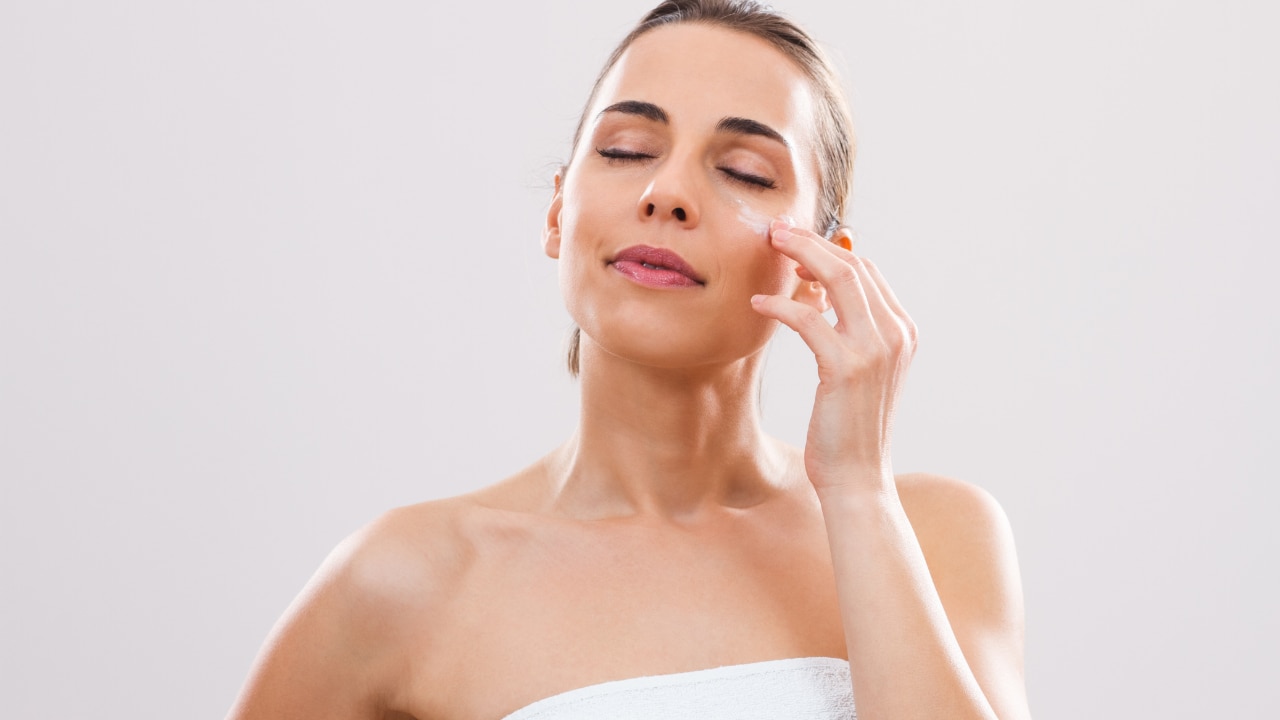
- Gentle cleanser – Cleanse your face to remove any overnight oil or product buildup. Hydrating serum – Use a serum with soothing or hydrating ingredients (like hyaluronic acid) to keep skin balanced.
- Moisturiser – Lock in hydration with a moisturiser that suits your skin type.
- Broad-spectrum SPF – Apply sunscreen (SPF 30 or higher) generously to protect against UV rays, especially important when using benzoyl peroxide at night.
08FAQs About Benzoyl Peroxide
Q1. Does benzoyl peroxide help with blackheads and whiteheads?
Its primary strength lies in managing inflamed pimples. While it has mild keratolytic action, comedonal acne (blackheads and whiteheads) often responds better to salicylic acid or retinoids, which can be used in tandem with benzoyl peroxide under guidance.
Q2. What is the ideal concentration of benzoyl peroxide to begin with?
Most dermatologists recommend starting with 2. 5%. Research shows it is as effective as higher concentrations while causing fewer side effects. Stronger formulations (5% or 10%) are considered only if the skin tolerates lower strengths without irritation.
Q3. Can benzoyl peroxide be used long term?
Yes, if the skin remains comfortable. Many individuals use a benzoyl peroxide body wash or face wash for years without complications. Should persistent dryness or sensitivity arise, it is advisable to switch to a gentler product or consult a dermatologist for alternatives.
Q4. How long does it take for benzoyl peroxide to show results?
Most individuals begin to see improvement in inflammation and reduction in pimples within two weeks of consistent use. Noticeable clearing generally occurs after six to eight weeks. Patience and regular application are essential.
Q5. Can benzoyl peroxide be used in combination with other active ingredients?
Yes, but with caution. Dermatologists often recommend alternating benzoyl peroxide with retinoids or salicylic acid on different days rather than applying them together. This approach minimises the risk of irritation while still maximising efficacy.

